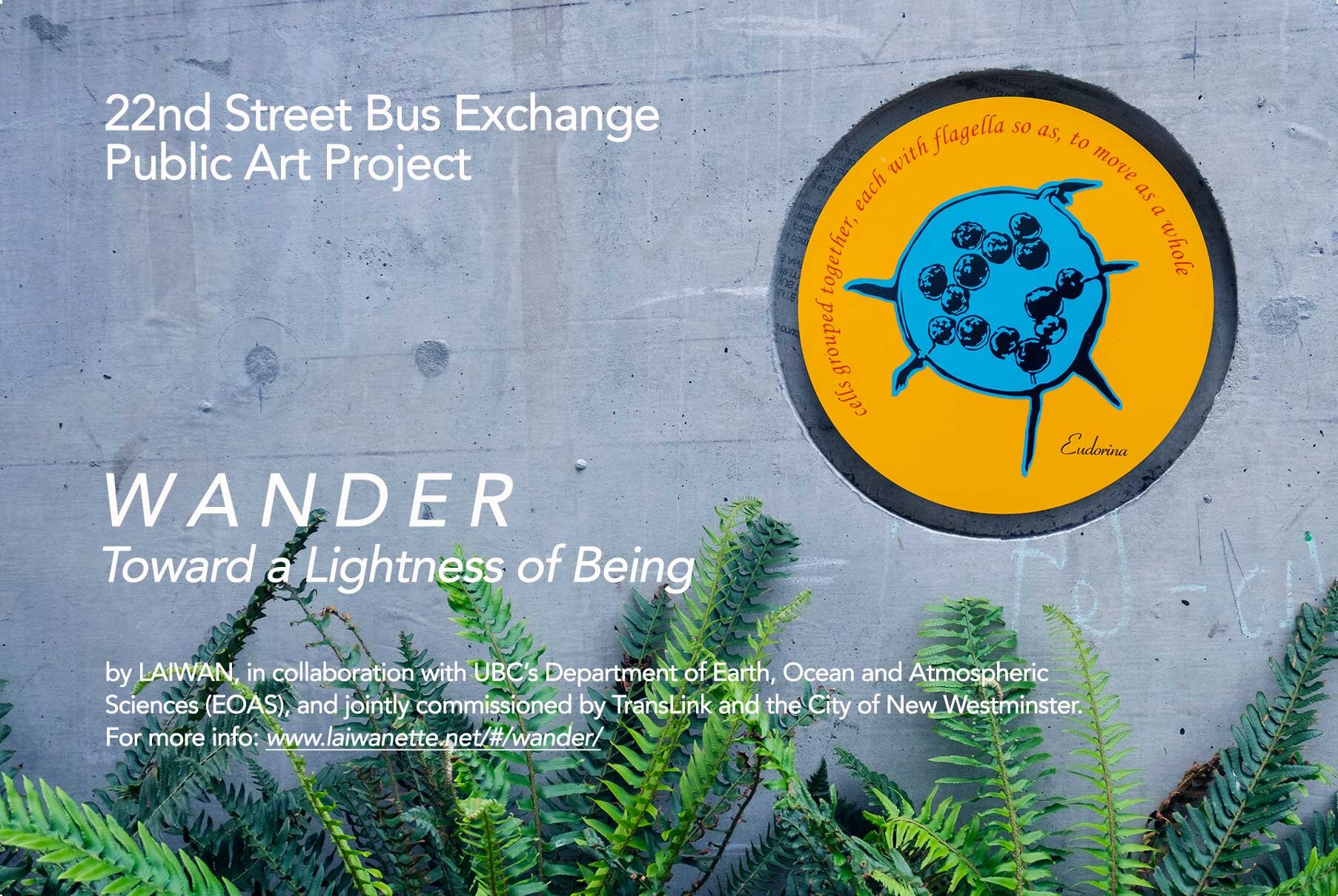
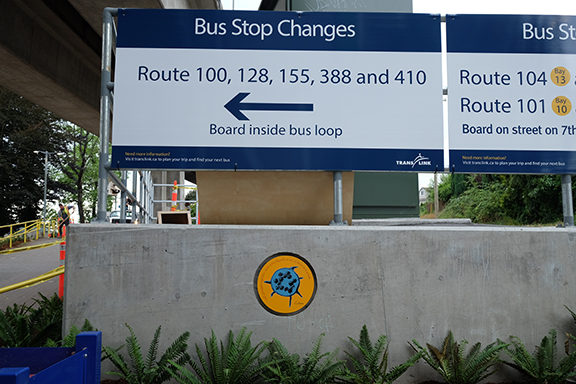
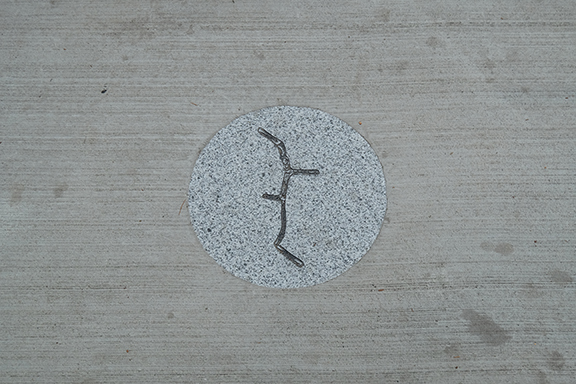

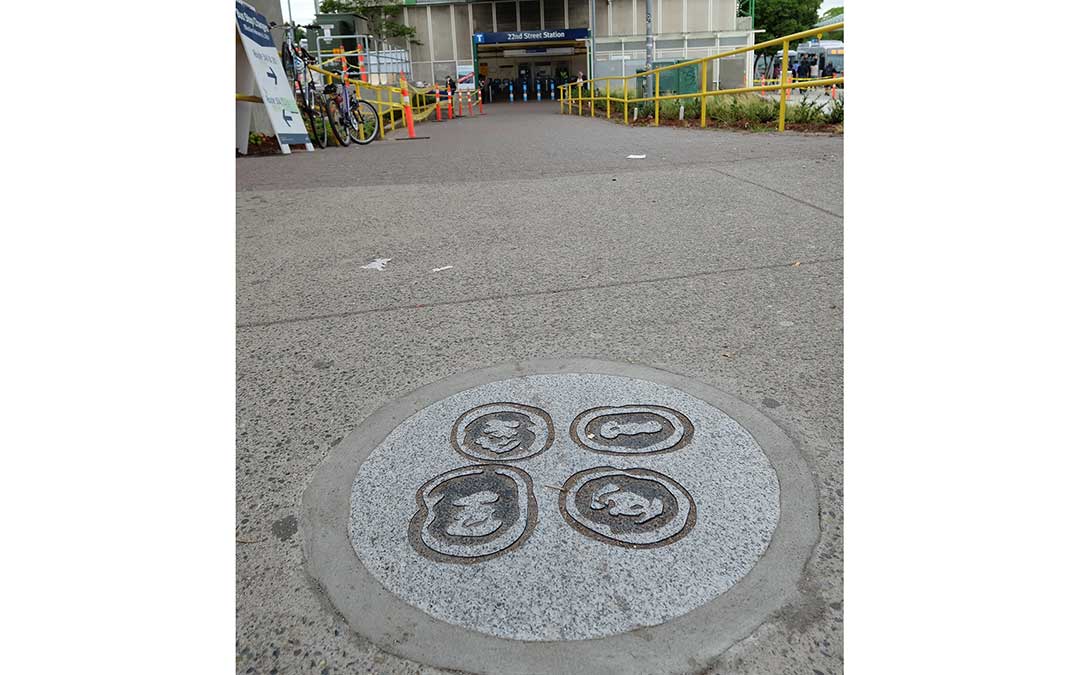
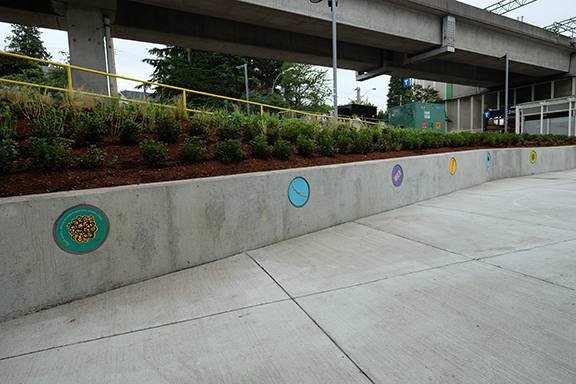
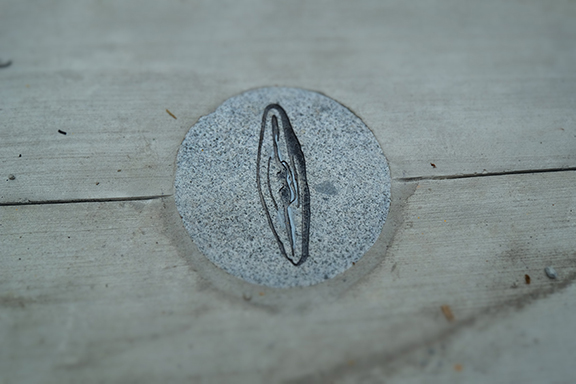
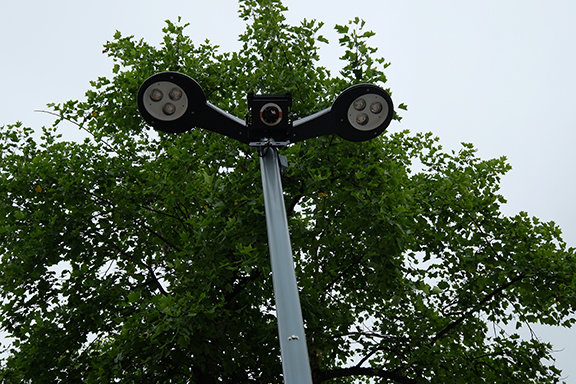
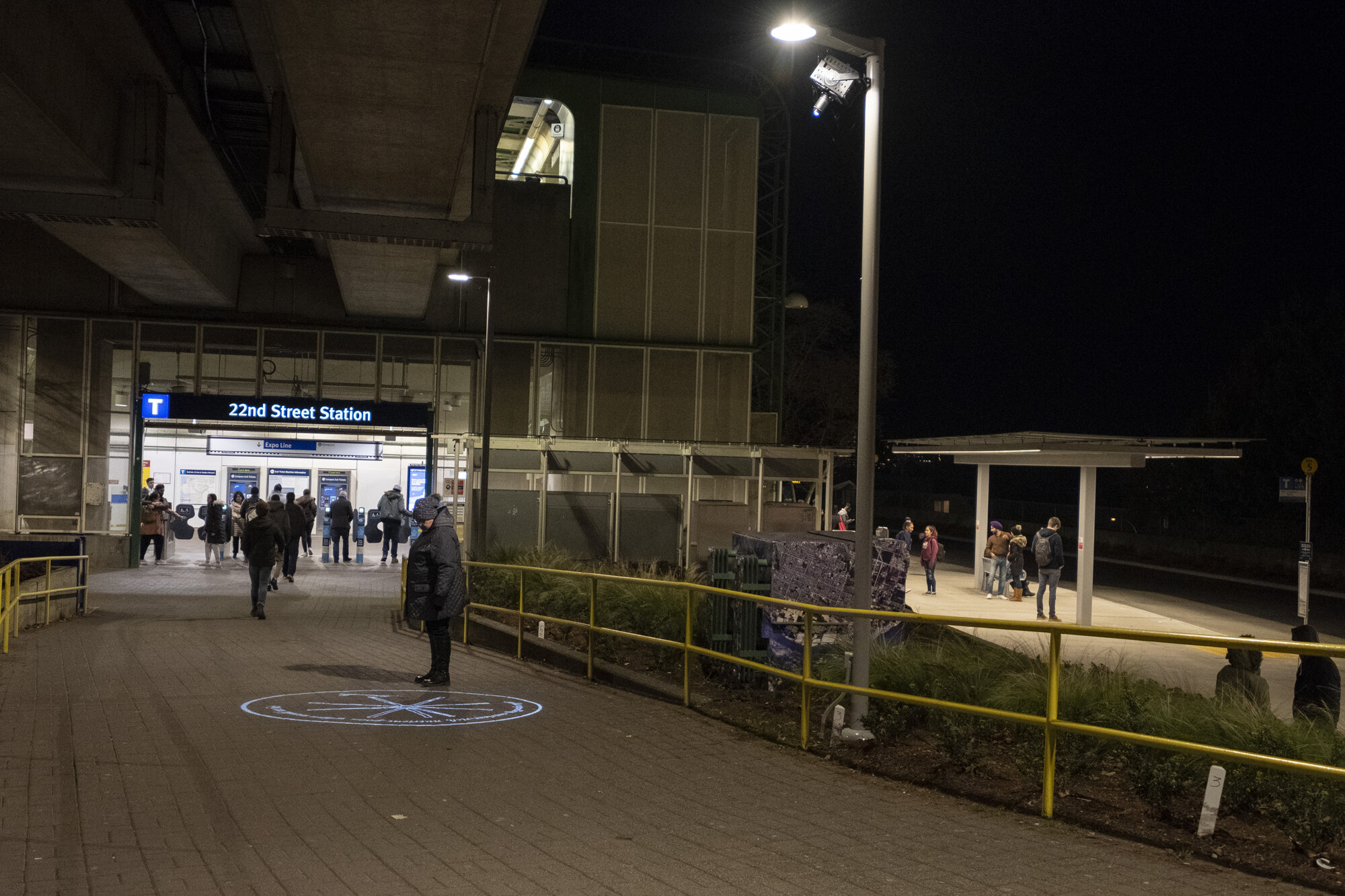

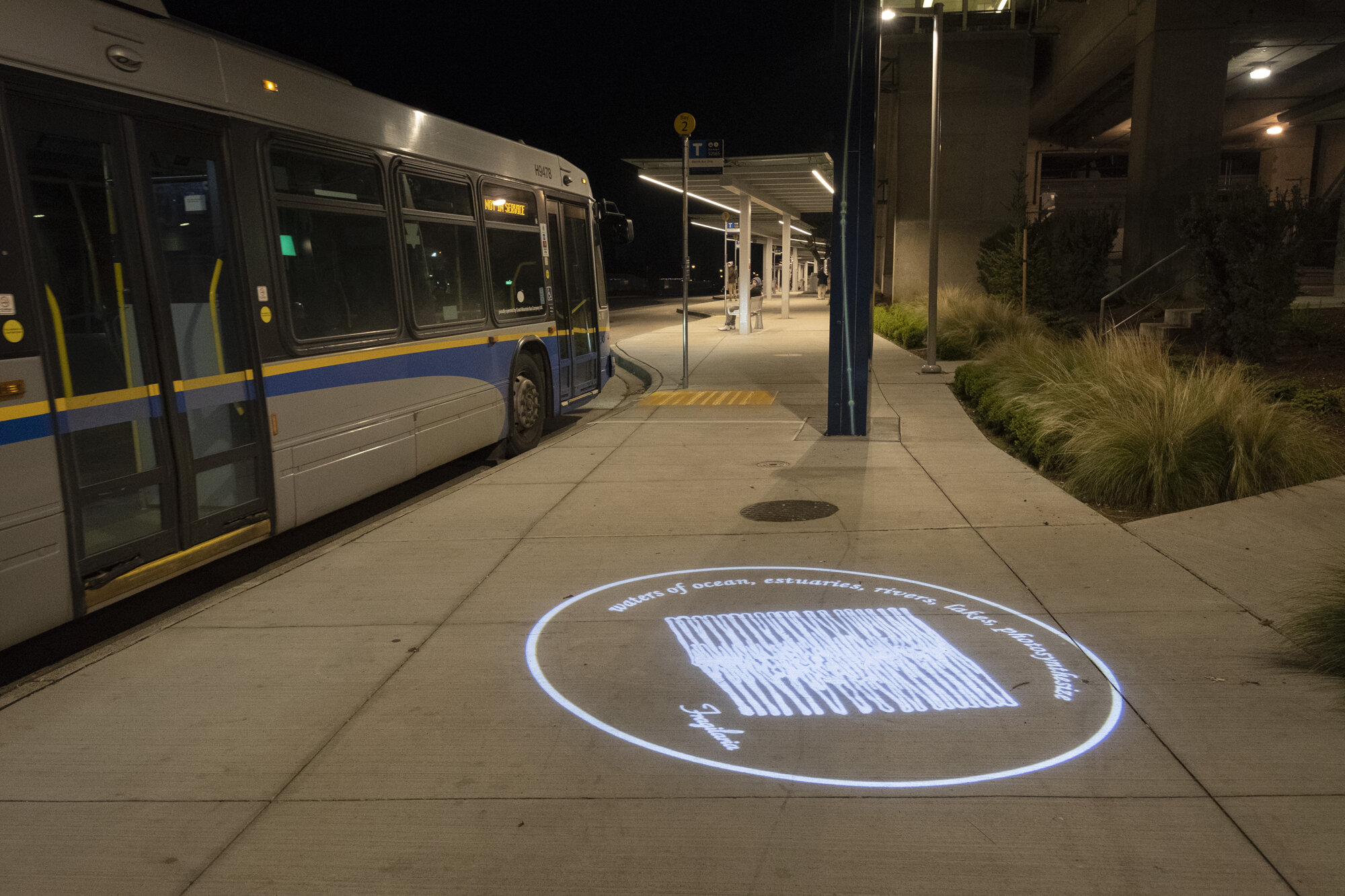
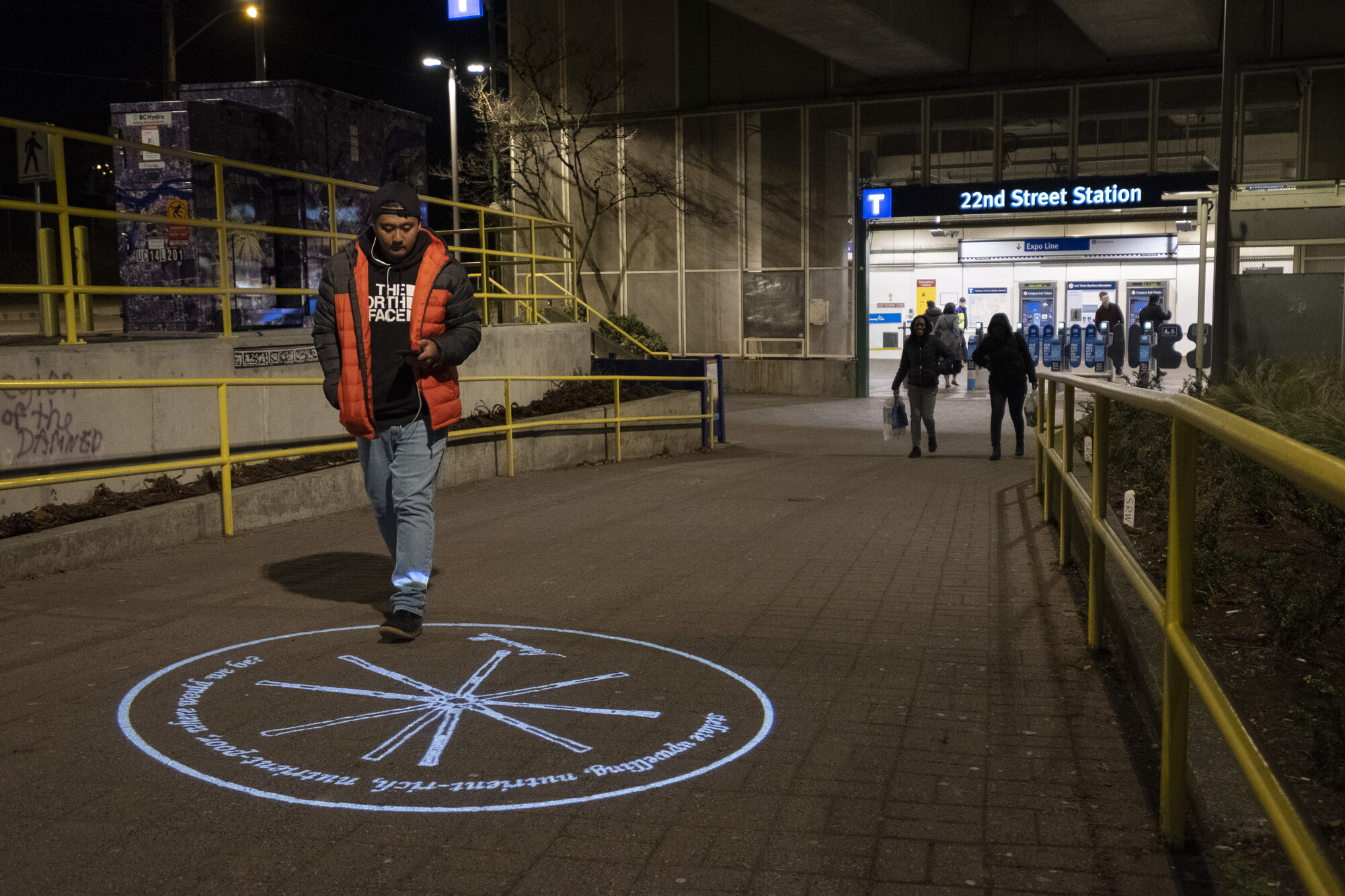

Onsite completed installation photos are by Daniel Negatu. Photos of the site in process of renovation are by Laiwan.
WANDER: Toward a Lightness of Being
2017-2019
WANDER: Toward a Lightness of Being is a public art project created in collaboration with UBC’s Department of Earth, Ocean and Atmospheric Sciences (EOAS) and is commissioned by TransLink, Metro Vancouver's transportation network, and the City of New Westminster. The art project is located at the 22nd Street Skytrain Station Bus Exchange at 649 22nd St, New Westminster, BC.. Here are two links for information about the Skytrain Bus Exchange renovation: Upgrades Coming to 22nd Street bus exchange, and, TransLink finishes $2.8-million retrofit of New West bus exchange
Meanwhile, WANDER encourages playful discovery of and advocacy for the lives of phytoplankton, making visible the water critters inhabiting the Fraser River, collected for this project from nearby the 22nd Street Bus Exchange site. The artwork aims to encourage curiosity among commuters and the general public about the natural and built environment surrounding this site.
There are twenty-two graphic icons generated from microscope imagery collected by directed studies students Hannah Avenant, Eli Braunstein, Max Chen, Isabel Jankowski, Katarina Kusa, and Dorothy Yan, supervised by Environmental Science Director Dr. Tara Ivanochko, and assisted by Dr. Michael Lipsen, at the Department of Earth, Ocean and Atmospheric Sciences at UBC. These have been converted into graphic form, assisted by Mae Stark, and fabricated into a variety of forms to be installed around the site.
The project simulates a ‘hidden object activity’ where commuters and audiences have opportunity to locate the twenty-two icons and a number of haikus on site. Some designs may not be immediately obvious, but all can be found in a variety of forms, surfaces or possibilities. For example, there are engraved local flamed granite stone inserted into the concrete walkway, GOBO light projections, colourful porcelain enamel pieces baked on steel and other porcelain enamel pieces on tile, along with a few more forms.
There is one icon/haiku specimen that is the ‘odd one out’ and is not a phytoplankton specimen, but a zooplankton ciliate providing audiences (particularly children) the opportunity to search for this special anomaly.
There is possibility for a viewer to inadvertently and/or intentionally find an icon / haiku immediately or gradually over time. It may encourage children to want to collect the icons and/or haikus in some way and build an active relationship with the site / art project that can extend days, months, years.
IMAGES ABOVE: Original images of plankton gathered by the Earth, Ocean and Atmospheric Sciences (EOAS) team from an area of the Fraser River near the 22nd Street Skytrain Station. The microscopic image (left) was developed into a graphic icon, then each was paired with a haiku — words sourced from the glossary of phytoplankton found at Phyto’pedia: The Phytoplankton Encyclopaedia Project, UBC.
IMAGES BELOW: The significant work of the directed studies students Hannah Avenant, Eli Braunstein, Max Chen, Isabel Jankowski, Katarina Kusa, and Dorothy Yan, supervised by Environmental Science Director Dr. Tara Ivanochko, and assisted by Dr. Michael Lipsen, at the Department of Earth, Ocean and Atmospheric Sciences at UBC — from collecting the plankton samples from the Fraser River, to presenting research at weekly seminars — all contributed immensely to this project. WANDER could not have been made without each of their generosity, enthusiasm and commitment.
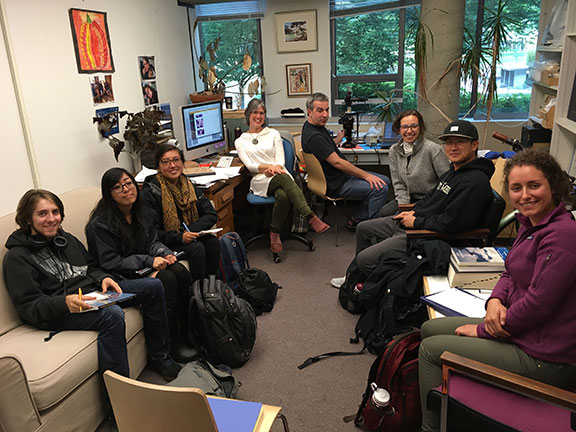

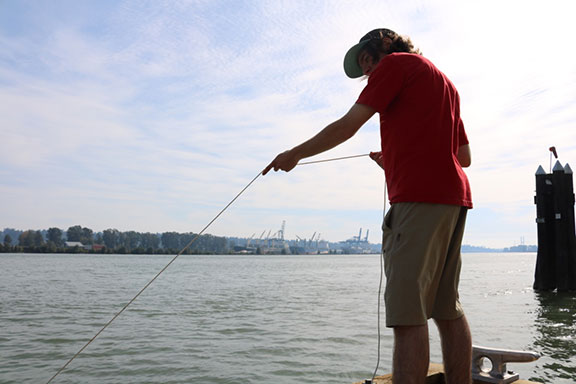
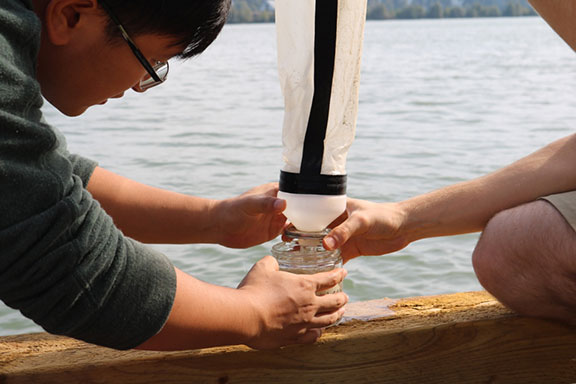
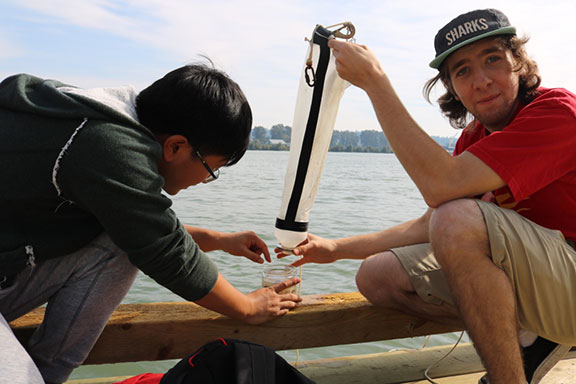
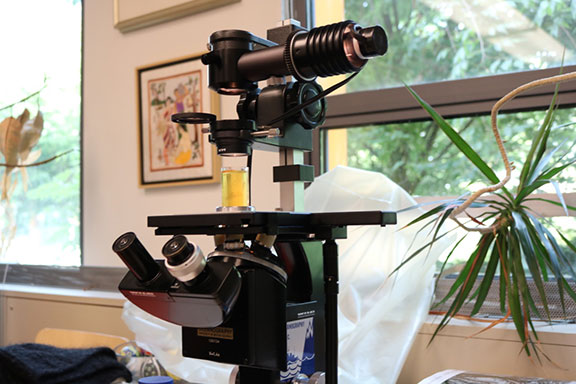
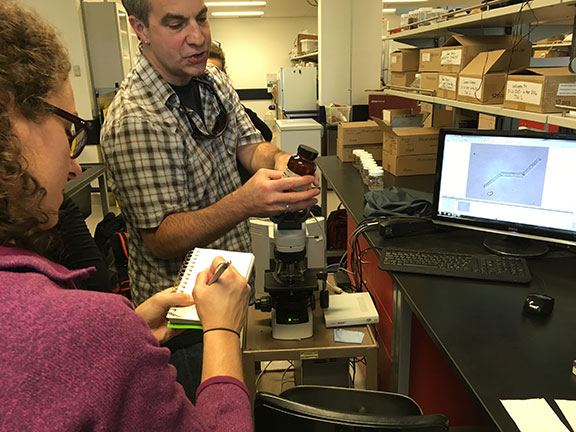
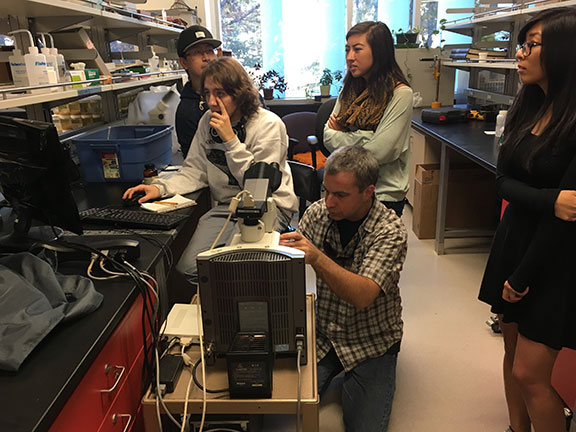
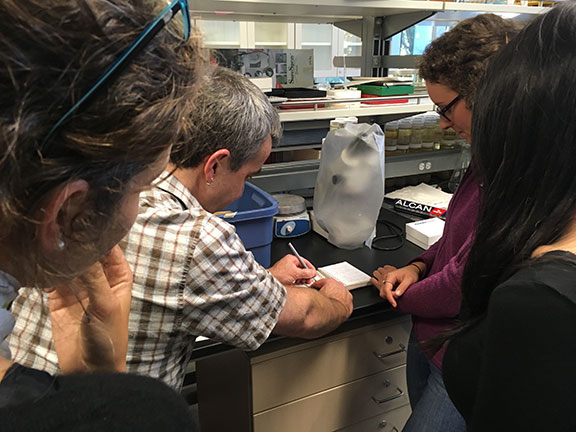
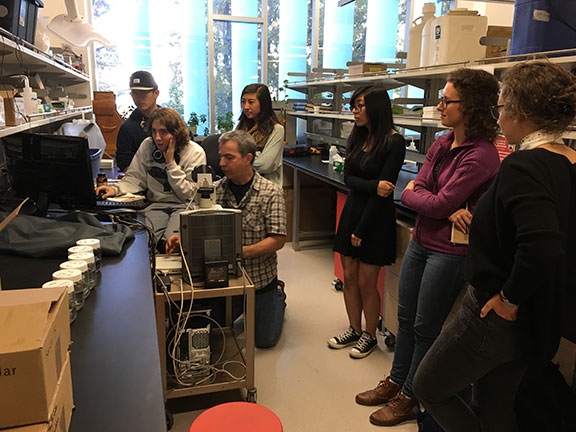
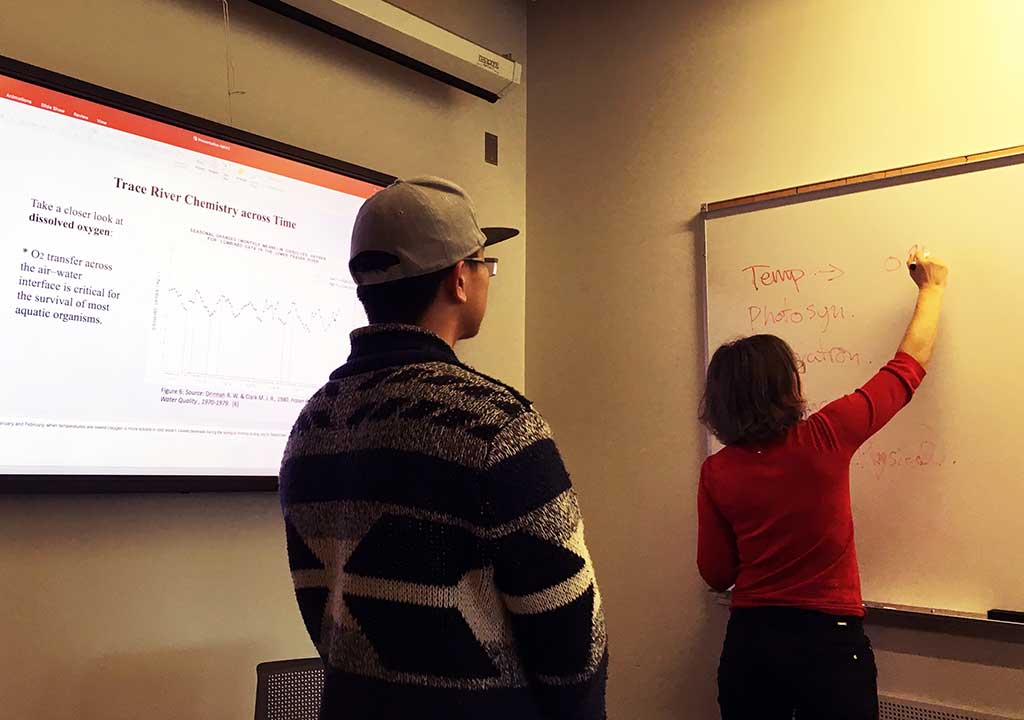
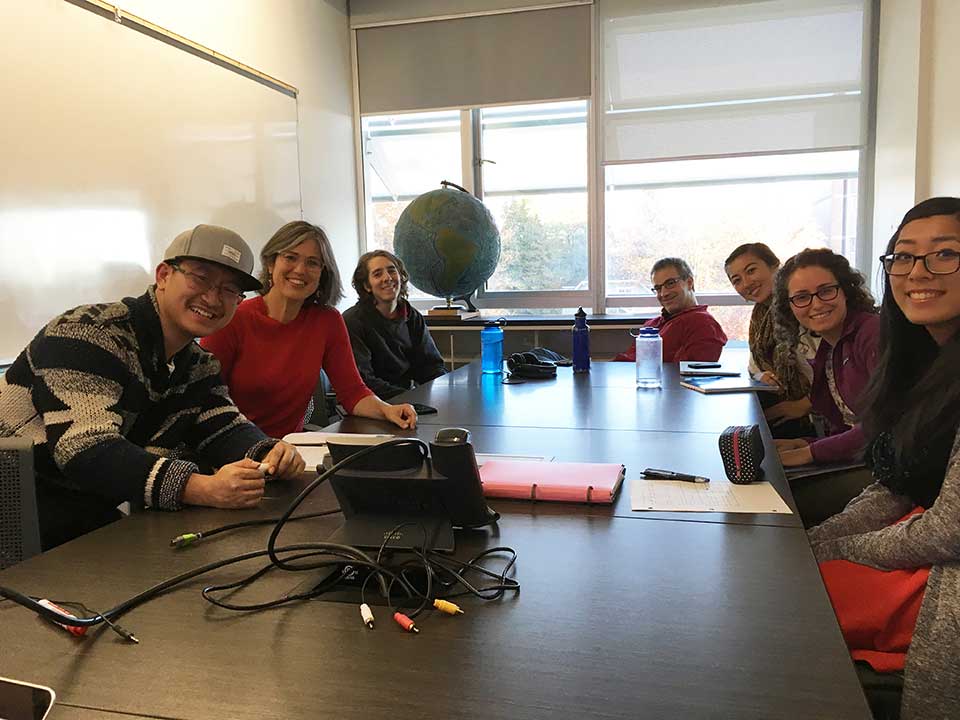
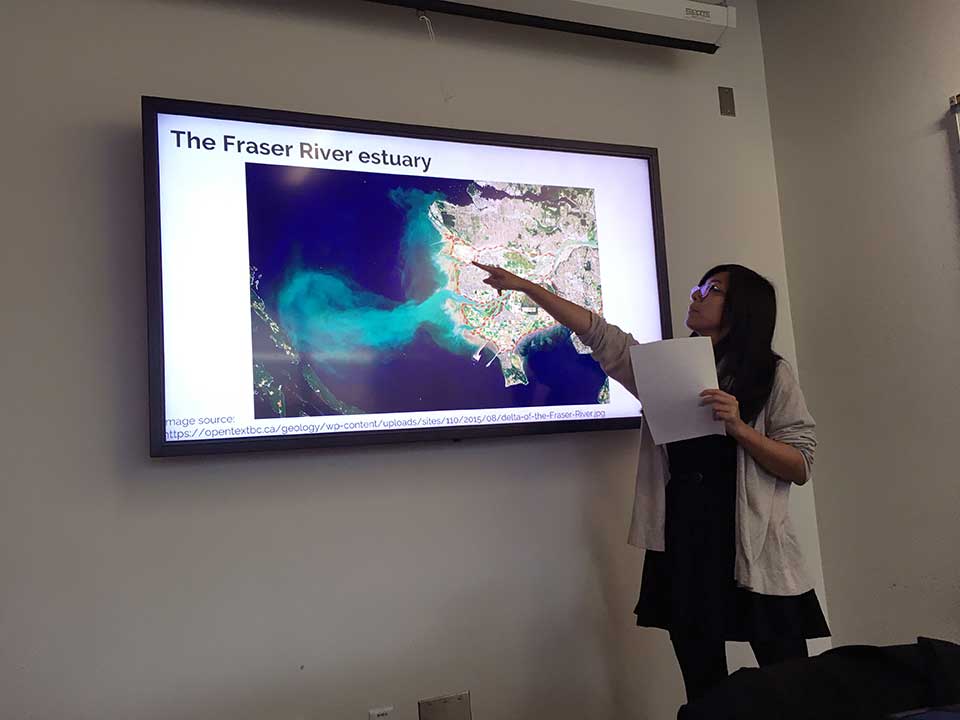
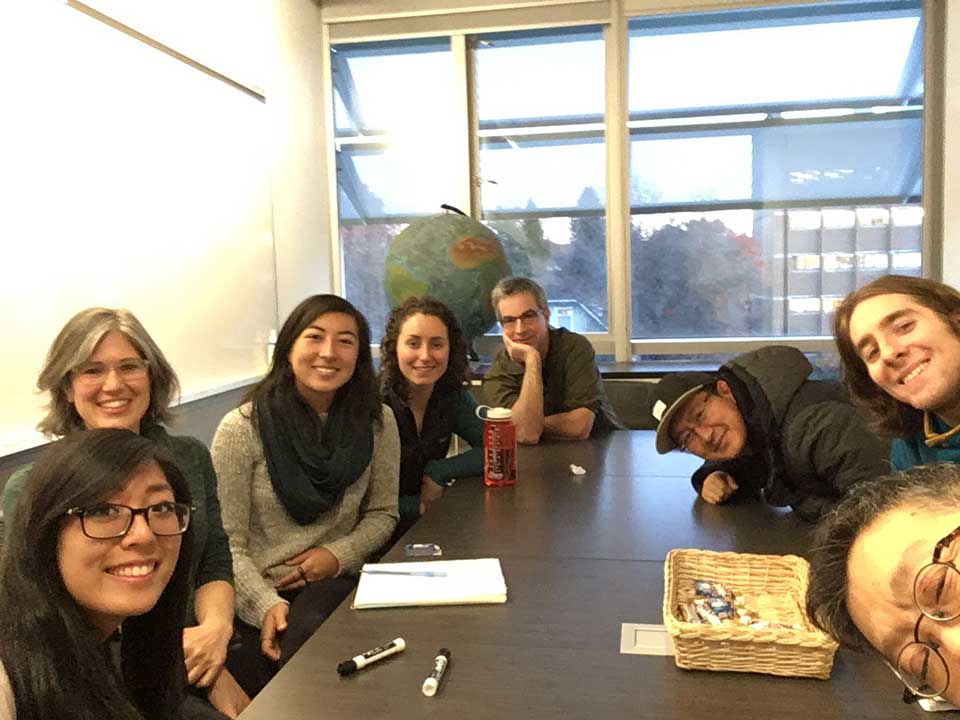
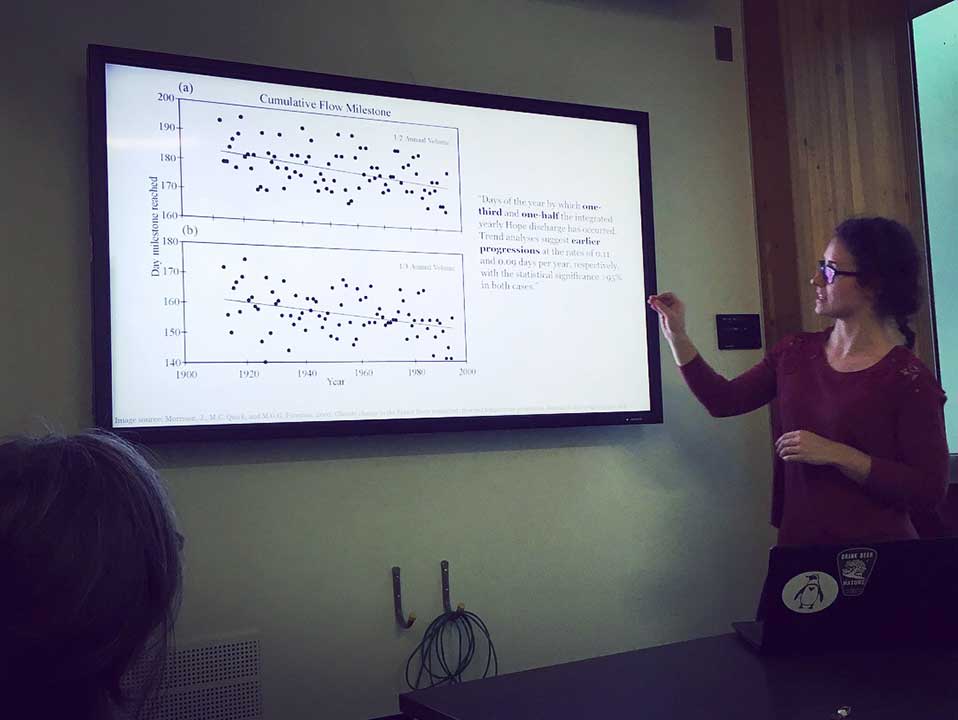
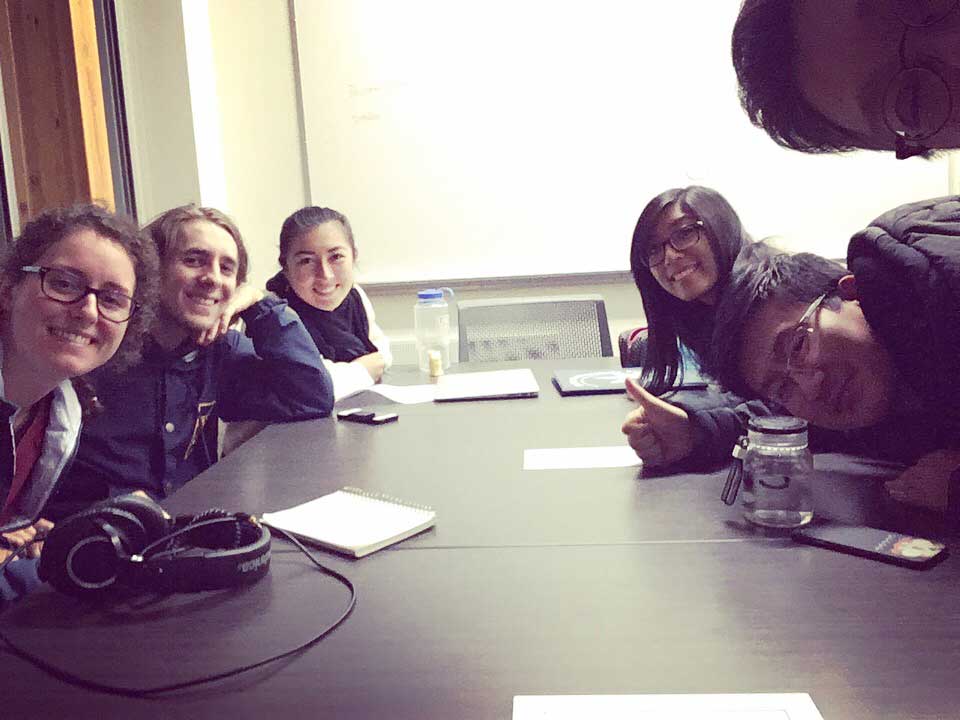
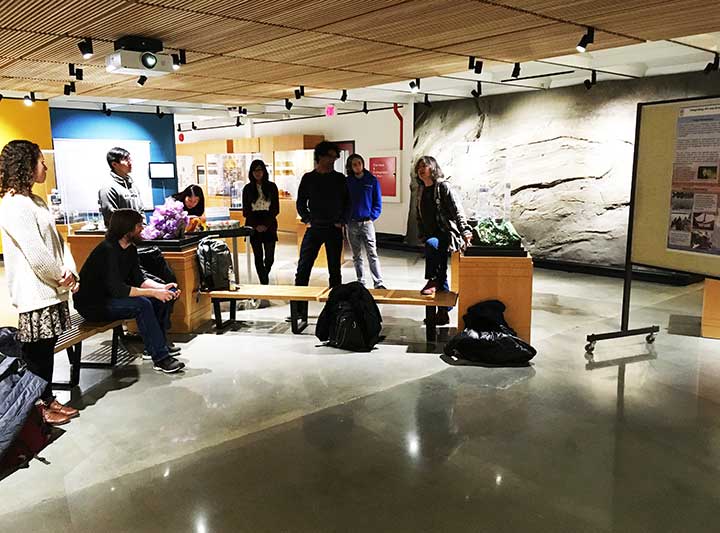
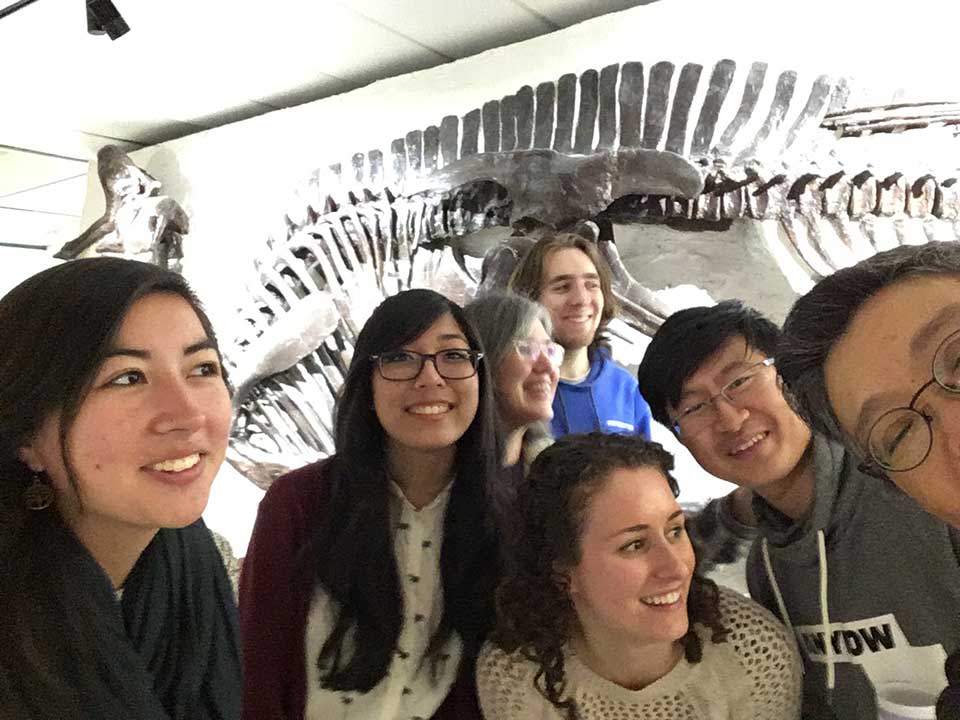
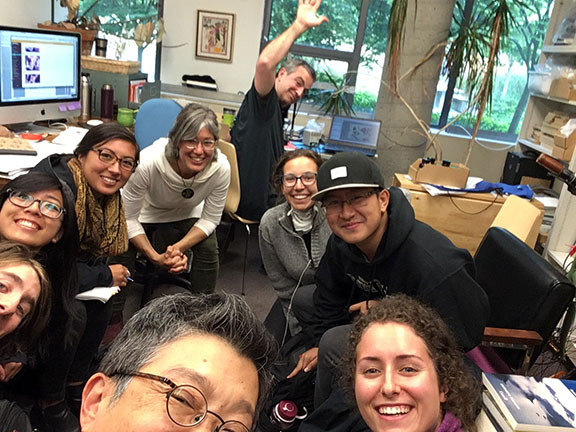
Additional thanks:
Lynda Nakashima Graphic Files Preparator
Michael Banwell Fabrication Advisor
Daniel Negatu Additional Photography
TransLink
Debra Rolfe Senior Public Art Planner
Dylan Casola Project Manager
Caroline Charruyer Project Coordinator
Liana Evans Planner
and all at TransLink and the onsite installation crew.
